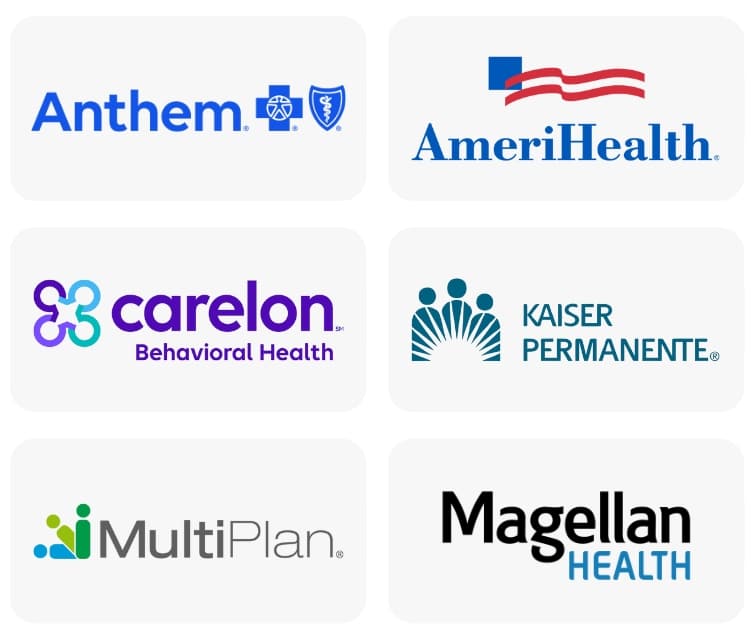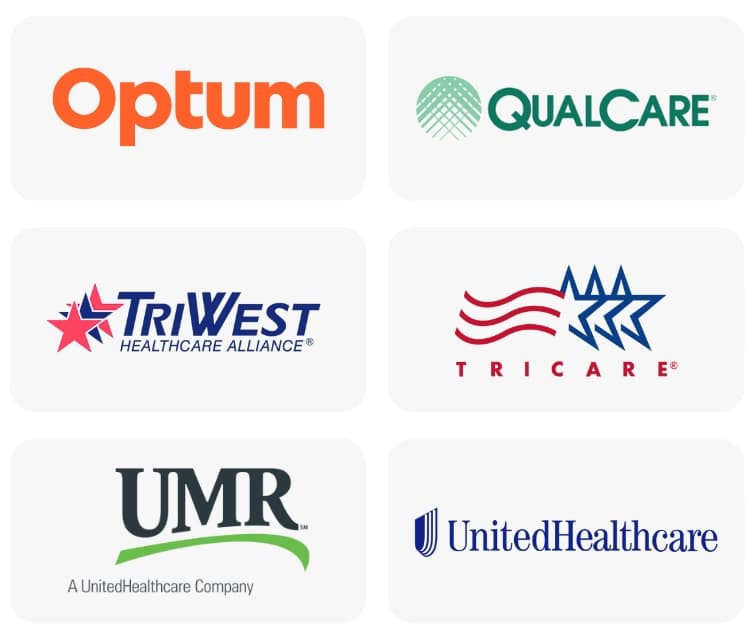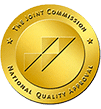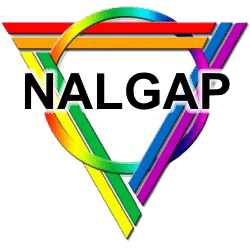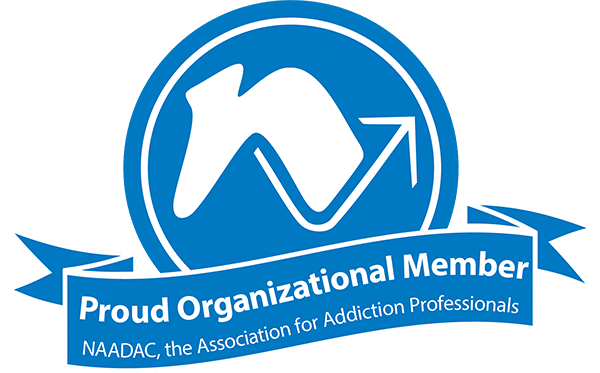Skip To Section
In 2014, the National Drug Early Warning System (NDEWS) launched 12 sentinel sites, which included the Chicago metro area, centered at the School of Public Health at the University of Illinois in Chicago, IL. Every month, NDEWS Sentinel Sites provide updates on the evolving drug use trends within their communities.
The NDEW site reports cover key insights, including data on drug seizures, lab testing results, emerging psychoactive substances, and both fatal and non-fatal overdoses. In doing so, these reports serve as crucial tools in directing prevention, treatment, and intervention efforts.

Overview of NDEW Sentinel Sites & Reports
Each sentinel site began collecting data in 2015, and the latest NDEWS report on the metro area covered information from 2019, published in 2020.
From 2015-2020, the NDEWS reports were collected from 12 sentinel sites including:
- Atlanta Metro
- Chicago Metro
- Denver Metro
- Detroit/Wayne County
- King County/Seattle Area
- Los Angeles County
- Maine
- New York City
- Philadelphia
- San Francisco City and County
- Southeastern Florida
- Texas
Each site report, including the most recent one, contains snapshots with graphics to understand the site’s trends concerning larger national trends; interpretations of findings in narrative form; and data tables to standardize treatment admissions data.
Information contained in these components of the report comes from the following sources:
- National Survey on Drug Use and Health (NSDUH)
- Youth Risk Behavior Survey
- Local treatment admissions data
- National Vital Statistics System mortality data from the Centers for Disease Control and Prevention (CDC)
- National Forensic Laboratory Information System (NFLIS)
Combining local and national data to track multiyear trends can help medical professionals understand a local area’s needs and how those may change over time.
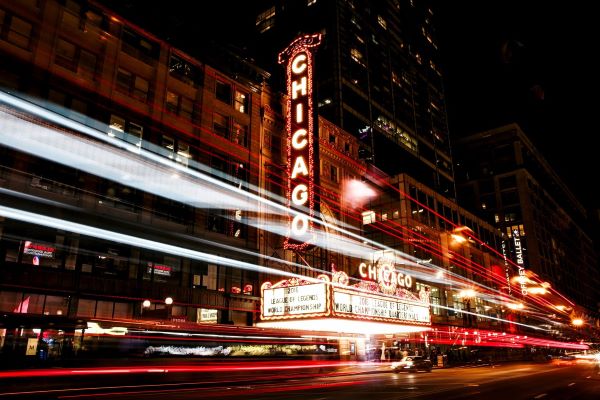
National Drug Early Warning System (NDEWS) Chicago Report (2020)
Data collected in Chicago regarding substance abuse from 2019-2020 found the following:
- Fentanyl and its analogues: Present in the majority of opioid-related overdoses, which rose again in 2019 and appear to be rising in 2020. By May 2020, the COVID-19 pandemic appears to have caused little disruption in Chicago’s street-level drug markets.
- Methamphetamine (‘ice’): A “new drug” in some areas of Chicago. In rural southern Illinois, there is considerable overlap in the use of methamphetamine and opioids. During SARSCoV-2, a supply interruption was reported for methamphetamine in some rural areas of southern Illinois.
- Cocaine: Stable presence in Chicago MSA, and the most common form continues to be ‘rock’
- Counterfeit prescription drugs: Counterfeit Xanax and generic alprazolam are very common among purported benzodiazepines seized by police.
- Ecstasy: drugs sold as Ecstasy more often contain MDMA; methamphetamine is also somewhat common in drugs sold as Ecstasy.
- Substituted cathinones: Ethylone, the most common cathinone in the Chicago area
- LSD: Notable uptick in LSD sold on blotter paper.
- Cannabis: Increase in submissions to the local forensics lab due to traffic stops observing “unsecured cannabis,” including smoking while driving.
The NDEWS report goes into further depth regarding specifics of each of these pieces of information, discussing youth and adult abuse rates, how much law enforcement has seized in various years, and which populations are specifically at risk for this substance.
Chicago Site Report Findings On Substance Abuse Over the Years
Data collected in Chicago regarding substance abuse in 2017 found the following:
- Alprazolam: Most widely abused benzodiazepine in the metro area based on seizures from law enforcement. Between 2011 and 2014, law enforcement seizure of alprazolam-related or alprazolam-containing substances increased 154 percent.
- Cocaine: On the decline. In 2012, the drug fell to the third most reported substance on NFLIS reports. It then declined 12.8 percent between 2015 and 2016, falling to the spot of the fourth most reported substance in 2015
- Marijuana: Most frequently reported substance of abuse in Chicago.
- Methamphetamine: Uncommon in the Chicago metro area, except among a high-risk group: men who have sex with men. Meth is, however, often accidentally consumed by people who think they bought MDMA.
- Substituted cathinones: Fifteen varieties of synthetic cannabinoids were documented. Declining abuse rates were seen for other synthetic substances like piperazine and tryptamine.
- Heroin is the primary opioid of abuse in Chicago, which is true for much of the United States. Heroin reports have been rising in Chicago since the 1990s.
- PCP (angel dust): Decline in abuse since 2007. Between 2007 and 2015, the number of reports declined from 585 to 115.
The Youth Risk Behavior Survey for the Chicago area, which was conducted in 2013, found that high school students had abused the following drugs at least once in their lives:
- 69 percent abused alcohol
- 50 percent abused marijuana
- 7 percent abused cocaine
- 10 percent abused inhalants
- 8 percent abused MDMA
- 11 percent abused any type of prescription drug
Other information on Chicago’s population covers abuse of alcohol and other substances as well as specific youth substance abuse rates.
- Between 2012 and 2014, 27 percent of people, ages 12 and older, in Cook County (containing the Chicago metro area) binge drank alcohol at least once in the past month.
- In that same three-year period, ei8ght percent of the population reported abusing marijuana at least once in the past month.
- About 3 percent of the population in those three surveyed years abused illicit drugs other than marijuana.
Report Findings On Substance Abuse & Infectious Diseases in Chicago
Further information contained in the NDEW report discusses local research highlights, including a study on cannabis use and abuse, and adherence to HIV antiretroviral therapy (ART). The study concluded that there were few effects of cannabis on ART, and abusing other drugs appeared to reduce adherence to a strict medication regimen. However, this could be associated with other problems that make illicit substance abuse worse, like struggling with housing issues.
Information from Chicago on infectious diseases and associated substance abuse found that, for the 13 consecutive years preceding 2014, new HIV diagnoses declined. There was a 6 percent reduction between 2010 and 2014, and a 48 percent reduction between 2001 and 2014.
The Chicago Metro Area's Response to NDEW Site Reports
Policy and law changes for the Chicago metro area dictated that pharmacists could dispense naloxone without a prescription. This is an extension of the Good Samaritan Act that many local and state governments are adopting, including Illinois.
With a large, diverse population, Chicago’s information shows changes in problems affecting many areas in the Midwest and Great Lakes regions. Since there are medical institutions and resources for people struggling with drugs or alcohol, Chicago can gather anonymous information about treatment changes too. This data can be vital in allocating resources to areas of need.
The Need for Substance Abuse Treatment in Chicago, IL
According to the most recent NDEWS report from Chicago, there has been a steady increase in opioid-related drug overdoses. In 2020, there were 18,282 nonfatal overdoses and 2,944 opioid overdose deaths in Illinois alone. This alarming trend prompted the launch of several initiatives aimed at combating the opioid crisis in the city.
One such initiative is Footprint to Recovery’s Chicago rehab. Our addiction treatment center near Chicago offers evidence-based programs designed to address substance abuse disorders and co-occurring mental health issues. With a team of experienced professionals and personalized treatment plans, Footprint to Recovery aims to help individuals struggling with addiction find lasting recovery.
- Sentinel Community Epidemiologists (SCEs)
- Sentinel Site Reports – NDEWS
- Youth Online: High School YRBS – Chicago, IL 2013 Results | DASH | CDC
- The Association Between Marijuana Use and HIV Continuum of Care Outcomes: a Systematic Review – PMC
- New Training Allows Pharmacists to Dispense Heroin Overdose Antidote
- Good Samaritan Act
Our admissions team is available 24/7 to listen to your story and help you get started with the next steps.

